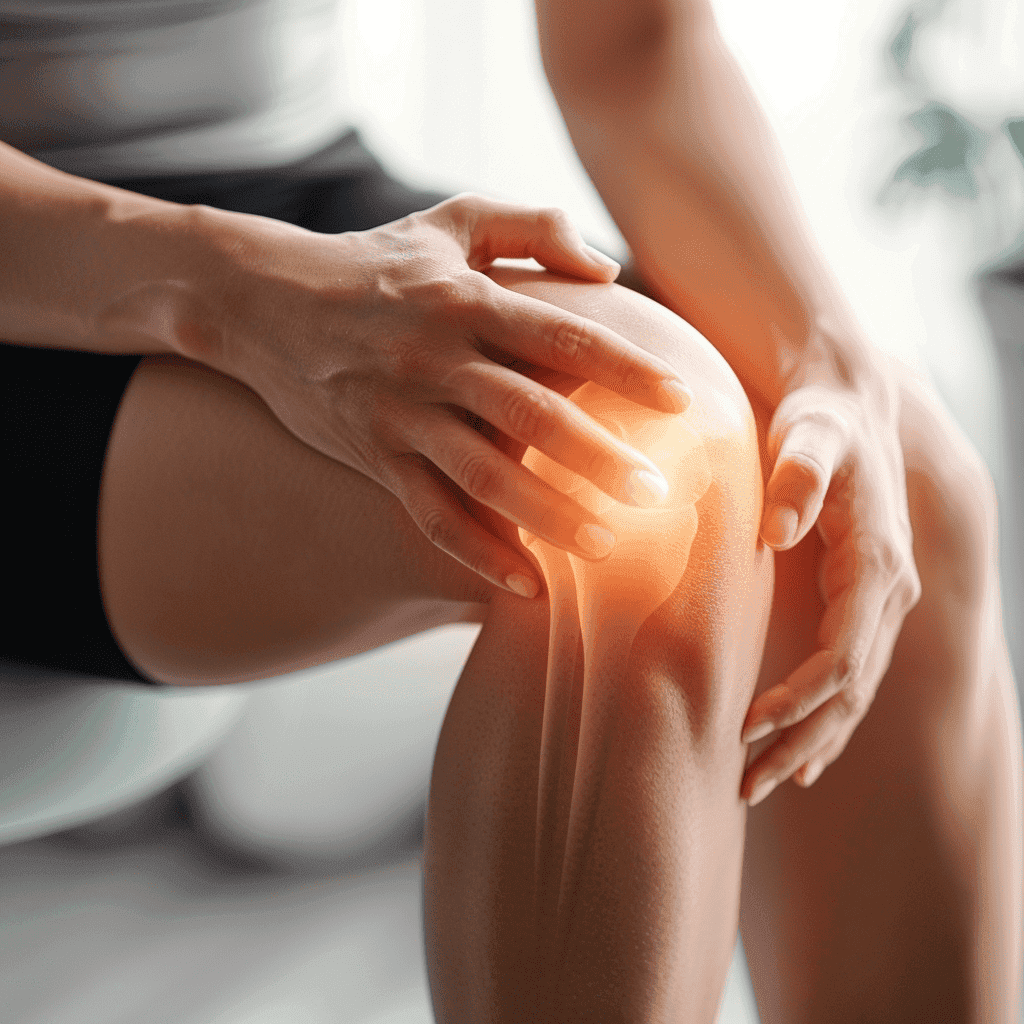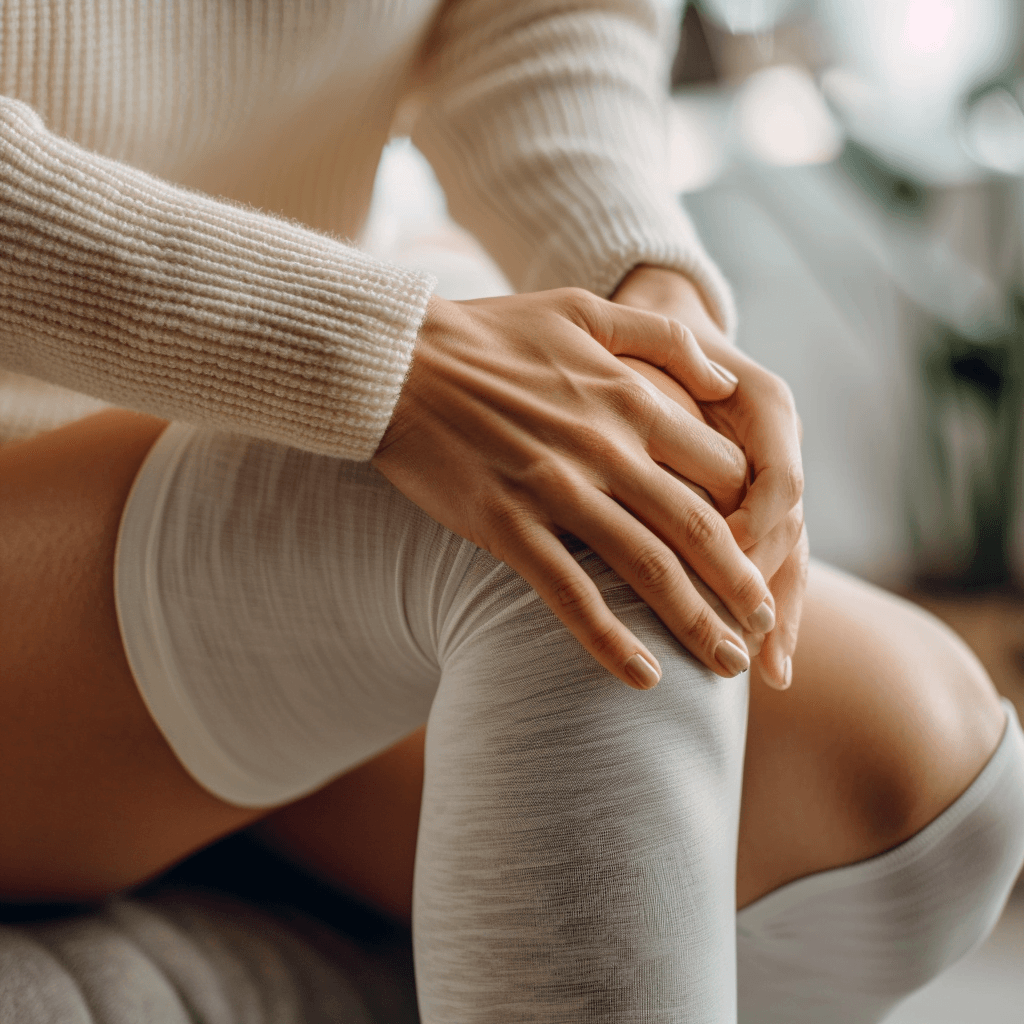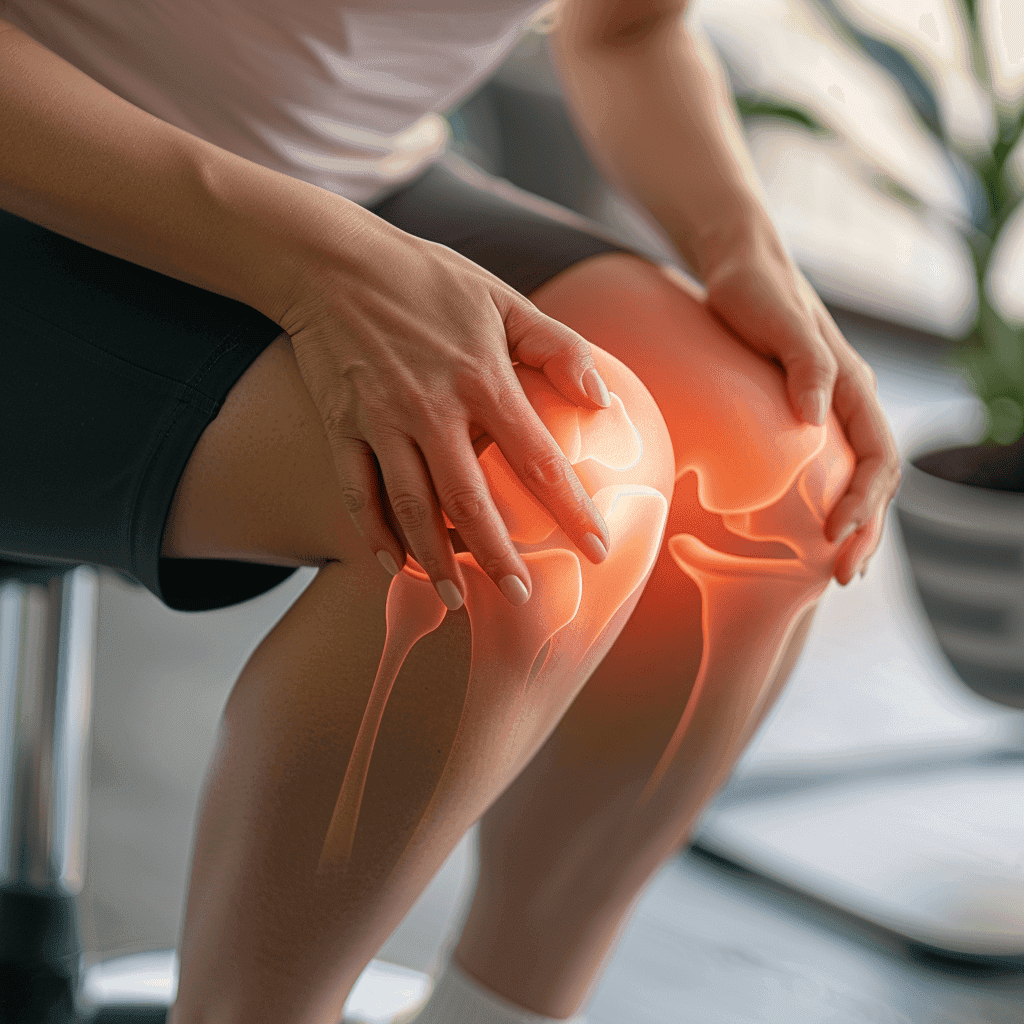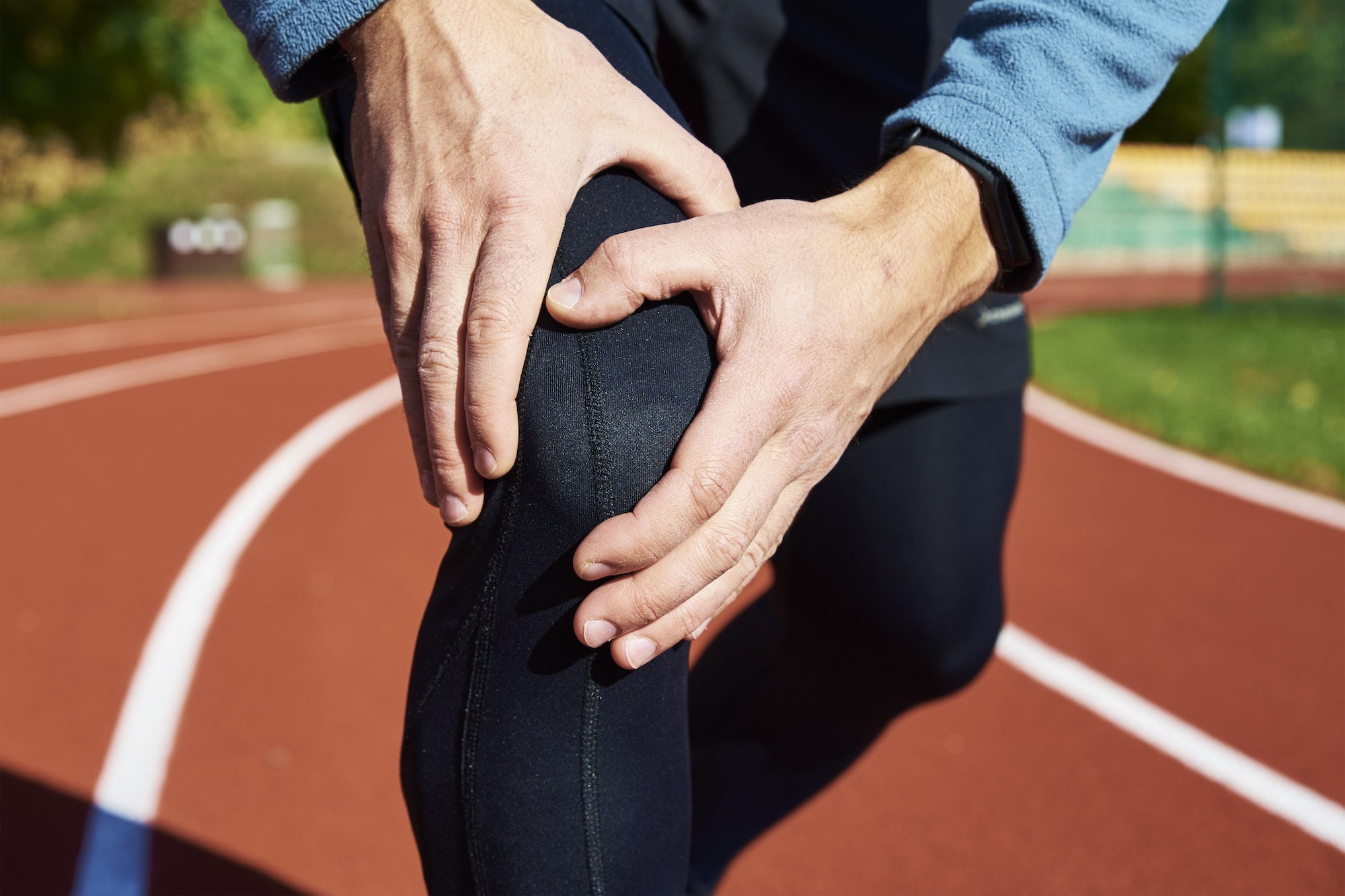Knee pain is a common ailment that can significantly impede daily activities, making it difficult to perform simple tasks such as walking, climbing stairs, or engaging in sports. Fortunately, chiropractic care offers a safe and effective treatment option that not only provides relief but also enhances knee function through specific adjustments. This comprehensive article will explore the Knee Pain and Chiropractic Care, the techniques used, potential risks, and considerations for choosing the right chiropractor.
Understanding Knee Pain
Knee pain can arise from a variety of sources including acute injuries, chronic arthritis, overuse conditions, or underlying degenerative diseases. It affects individuals of all ages and can vary in severity, often leading to a reduction in mobility and overall quality of life. Understanding the underlying cause of knee pain is crucial for effective treatment and prevention of future issues.

Knee Pain and Chiropractic Care
Chiropractic care addresses knee pain through non-invasive techniques that aim to realign the body’s musculoskeletal structure. By adjusting the spine and joints, chiropractors work to reduce joint restrictions and misalignments in the knee and other areas of the body that contribute to pain and dysfunction.
The Role of Chiropractic Adjustments in Knee Health
Chiropractic adjustments play a pivotal role in reducing inflammation and improving the function of the knee joint. These adjustments help correct biomechanical faults and imbalances within the body, which can alleviate stress on the knee and enhance healing.
Benefits of Chiropractic Adjustments for Knee Pain
Reducing Inflammation and Pain
Specific chiropractic adjustments target areas of restricted movement in the knee and other joints, helping to reduce joint inflammation and alleviate pain. This is achieved by restoring normal joint function and alignment, which decreases the stress on the joint and surrounding tissues.
Improving Range of Motion
Regular chiropractic care can significantly improve the range of motion in the knee joint. Adjustments free up restrictions in the joint, allowing for smoother and more comfortable movement.

Enhancing Muscle and Tendon Flexibility
Chiropractic care often incorporates soft tissue therapies that relax tight muscles and tendons around the knee. Techniques such as massage therapy, myofascial release, and trigger point therapy can further enhance flexibility and decrease discomfort.
Enhancing Circulation
Chiropractic adjustments enhance the circulation of blood and lymph fluids around the knee, which helps reduce swelling and promotes faster healing. Improved circulation delivers nutrients and oxygen to injured tissues, aiding in the recovery process.
Aligning Lower Limbs for Better Function
Proper alignment of the legs and hips is crucial for reducing undue stress on the knee joint. Chiropractic care ensures that the lower limbs are correctly aligned, improving overall leg function and preventing future injuries or pain.
Risks and Side Effects of Chiropractic Care for Knee Pain
Chiropractic treatments are generally considered safe; however, like any treatment, they come with potential risks. Some patients may experience mild discomfort, soreness, or stiffness after receiving chiropractic adjustments, though these symptoms are usually temporary and resolve within a few days.
Potential Adverse Reactions
Although rare, some individuals might experience dizziness, nausea, or headaches following chiropractic treatments. It’s important for patients to discuss their health history with their chiropractor to minimize the risk of adverse effects.
Choosing the Right Chiropractor for Knee Pain
Experience and Certification
Selecting a chiropractor with specific experience and training in treating knee pain is crucial. Ensure the chiropractor is certified and has a good track record with similar cases.

Patient Reviews and References
Patient testimonials and reviews can provide valuable insights into a chiropractor’s practice, helping you make an informed decision about your care provider.
Consultation and Communication
Effective treatment begins with a thorough initial consultation where the chiropractor assesses your specific needs and discusses treatment options. Clear and open communication throughout the treatment process is essential for achieving the best outcomes.
Frequently Asked Questions About Chiropractic Care for Knee Pain
What causes knee pain that chiropractic care can address?
Knee pain can be caused by a variety of factors including misalignments, joint degeneration, overuse injuries, ligament strains, and muscle imbalances. Chiropractic care can address these issues by realigning the joints, improving mobility, and enhancing muscle function, which can alleviate the pain and prevent further injury.
How do chiropractic adjustments help relieve knee pain?
Chiropractic adjustments help by restoring proper alignment to the joints, which can reduce stress, inflammation, and pain in the knee. Adjustments improve joint mobility, enhance circulation, and help balance the body’s biomechanics, which can lead to sustained pain relief.
Are chiropractic treatments for knee pain painful?
Most chiropractic treatments for knee pain are not painful. Patients may sometimes experience mild discomfort during the adjustment itself, and slight soreness after, similar to what you might feel after starting a new exercise regimen. However, these sensations typically subside quickly.
How many chiropractic sessions will I need for knee pain?
The number of sessions required varies depending on the individual’s condition, the severity of the pain, and the specific cause of the knee pain. Some patients may experience significant relief after just a few sessions, while others might need a longer treatment plan to achieve optimal results.
Can chiropractic care cure knee pain?
Chiropractic care is highly effective at managing and reducing knee pain, but it is not a cure for all types of knee conditions. It is best used as part of a comprehensive treatment plan that may include exercises, lifestyle changes, and other therapies.
What should I look for when choosing a chiropractor for knee pain?
Look for a chiropractor who specializes in orthopedic or sports injuries and who has experience treating knee conditions. Check their qualifications, ask about their approach to treatment, and consider reviews or testimonials from other patients.
Is chiropractic care safe for people with arthritis?
Yes, chiropractic care is safe for people with arthritis. Chiropractors can adjust their techniques to accommodate the sensitivity and specific needs of arthritis patients, helping to relieve joint stiffness and pain without excessive force.
What other treatments might complement chiropractic care for knee pain?
Physical therapy, massage therapy, and acupuncture can complement chiropractic care by providing additional pain relief and helping to strengthen the muscles around the knee, improving stability and function.
Will my insurance cover chiropractic care for knee pain?
Many insurance plans cover chiropractic care, but coverage can vary. Check with your insurance provider to understand what treatments are covered under your plan and whether you need a referral from a primary care physician.
What can I do to maintain improvements after chiropractic treatment?
Maintain an active lifestyle, adhere to any prescribed physical therapy exercises, and follow ergonomic advice to keep your knees healthy. Regular follow-up appointments with your chiropractor can also help manage any recurring pain and prevent future injuries.
Conclusion
Chiropractic care offers a promising solution for those suffering from knee pain, providing benefits that extend beyond simple pain relief to improve overall joint function and mobility. If knee pain is impacting your life, consider consulting with a chiropractor to explore how targeted chiropractic care can help you regain comfort and enhance your quality of life.

